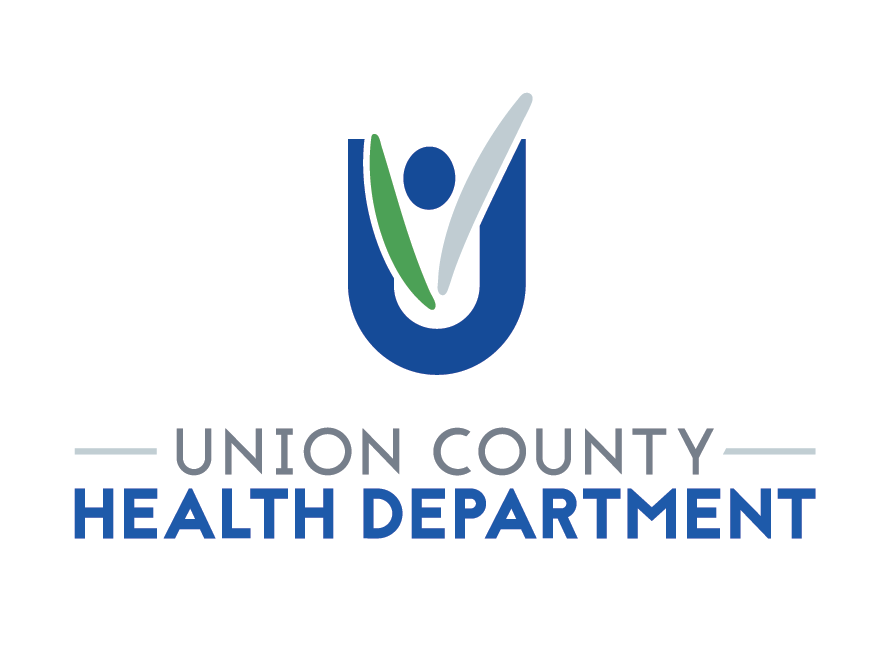First possible case of community spread of COVID-19 within the U.S. being investigated.
On Feb. 26, the CDC confirmed an infection with COVID-19 in a person who reportedly did not have relevant travel history or exposure to another COVID-19 patient. It is possible this could be an instance of community spread of COVID-19, which would be the first time that has happened in the United States. Community spread means spread of an illness for which the source of infection is unknown.
Public health at the federal, state, and local level is preparing for the possibility of community spread within the U.S.
As community spread of COVID-19 is being identified in countries beyond the epicenter in China, the US public health system is preparing now for possible community spread within the US. This preparation includes reviewing isolation and quarantine plans, working with healthcare providers and first responders to implement their prevention and containment strategies, working with schools and churches to anticipate and prepare for disruption in their normal practices, talking with businesses to review sick leave policies and continuity of operations plans, and meeting with critical infrastructure partners to ensure water and utility services are maintained.
While risk to Union County residents remains low at this time, having simple preparedness conversations now can help your family if the situation changes.
Talk to your employer and daycare provider to understand sick leave policies. Talk to your child’s school about remote learning options if your child is ill. Make sure you keep some extra non-perishable food and over-the-counter medications on hand so you don’t have to run out when you aren’t feeling well.
Practice social distancing and good health habits to protect yourself and your neighbors.
The novel coronavirus, similar to many other respiratory illnesses, is spread through respiratory droplets. Keeping 6 feet between you and others is a good way to limit the spread of disease. Practice frequent hand washing (wash for 20 seconds with soap and warm water), and avoid touching your eyes, nose and mouth. Despite being simple actions, these are powerful tools in limiting the spread of disease
Face masks are not recommended for well people.
Wearing a mask is only recommended if you are ill or directly caring for an ill person. If you have no respiratory symptoms, wearing a mask is not recommended. The rationale behind this recommendation is 1) normal surgical masks are useful in helping to block some of the respiratory droplets that are expelled by an ill person, 2) but they do not form a tight fit around the nose and mouth to protect you from inhaling respiratory droplets. 3) preserving masks for our healthcare workers, EMS, and caretakers of ill persons is critical – so that they can stay healthy to be there for all of us when we need them. 4) Social distancing is proven effective in preventing the spread of many respiratory diseases. Being cognizant to keep 6 feet of distance between you and those around you, truly is a powerful prevention tool. 6 feet is the distance a sneeze is known to spread respiratory droplets.
Current Case Counts
There are still no confirmed cases of COVID-19 in Ohio.
There are 62 cases within the U.S., 47 of these were among repatriated persons from the Diamond Princess Cruise Ship and Wuhan, China. The other 15 cases were diagnosed in the U.S.; 12 were persons with a history of recent travel in China and 2 were persons in close household contact with a COVID-19 patient (i.e. person-to-person spread). One patient with COVID-19 who had no travel history or links to other known cases was reported on February 26, 2020, in California. The California Department of Public Health, local health departments, clinicians, and CDC are working together to investigate this case and are identifying contacts with whom this individual interacted.
Globally, there are 82,294 confirmed cases. There are 78,630 confirmed cases and 2,747 deaths in China. Outside of China there are 3,664 confirmed cases and 57 deaths reported in 46 countries.
CDC Travel Advisories
The CDC issued additional travel advisories as more nations reported community spread of COVID-19.
Warning Level 3 – China & South Korea
Travelers should avoid all nonessential travel to China and South Korea.
Alert Level 2 – Iran, Italy & Japan
These destinations are experiencing sustained community transmission of respiratory illness caused by the novel coronavirus (COVID-19). The virus can spread from person to person. Older adults and those with chronic medical conditions should consider postponing nonessential travel.
Watch Level 1 – Hong Kong
CDC does not recommend canceling or postponing travel to the following destinations. Travelers should practice usual precautions.
Other Destinations with Risk of Community Spread – Singapore, Taiwan & Thailand
Community spread means people have been infected with the virus, including some who are not sure how or where they became infected. At this time, the extent of virus spread is not sustained or widespread enough to meet the criteria for a travel health notice at this time.


